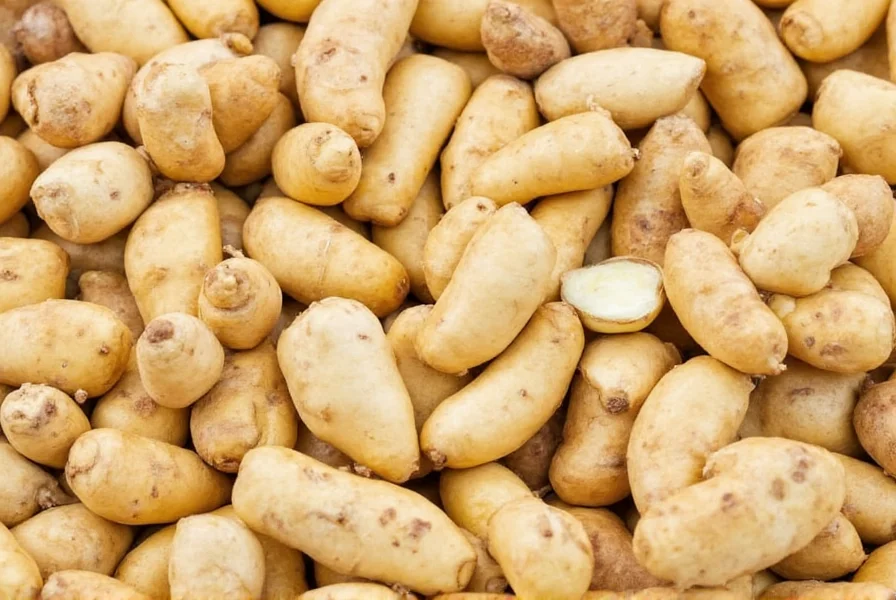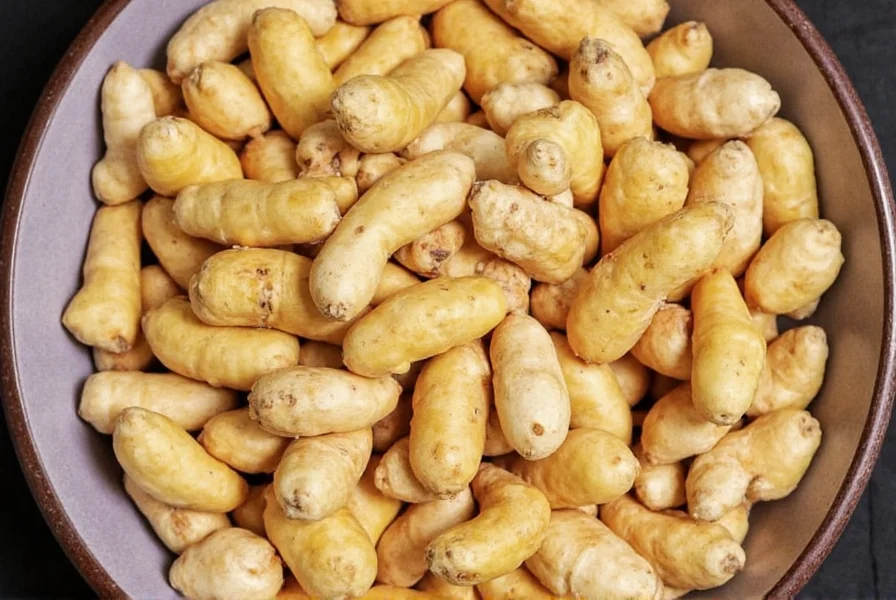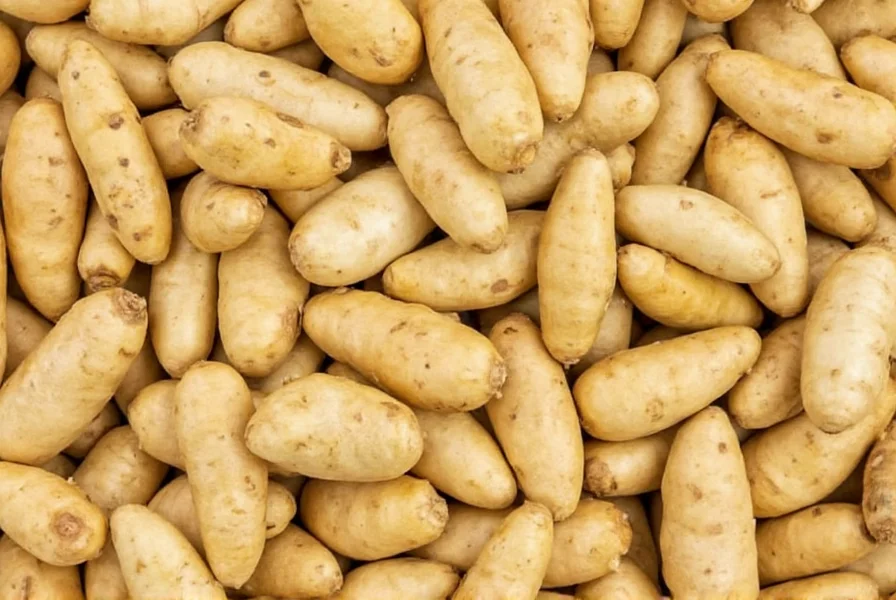Many gardeners searching for ginger seeds for planting encounter confusion due to a widespread misconception. The common culinary ginger we use in cooking—Zingiber officinale—seldom produces viable seeds. This tropical plant primarily reproduces vegetatively through its rhizomes (underground stems), not through seed production.
Understanding Ginger Plant Biology
Ginger belongs to the Zingiberaceae family, which includes other aromatic plants like turmeric and cardamom. Unlike many plants that readily produce seeds, ginger has a unique reproductive system:
| Propagation Method | Viability | Common Usage |
|---|---|---|
| Rhizome division | High (95%+ success) | Commercial and home cultivation |
| True seeds | Extremely low (<1% success) | Rarely used, mainly in botanical research |
| Tissue culture | High (90%+ success) | Commercial propagation |
The reason why ginger doesn't produce seeds regularly lies in its botanical structure. Ginger flowers are often sterile due to chromosomal abnormalities that prevent proper pollination and seed development. Even when flowers appear—which is uncommon in cultivated settings—they rarely produce viable seeds.
Common Misconceptions About Ginger Seeds
The term \"ginger seeds\" creates significant confusion for several reasons:
- Mislabeled products: Many seed catalogs and online retailers incorrectly label ginger rhizome pieces as \"seeds\"
- Related plant confusion: Plants like wild ginger (Asarum species) or Australian ginger (Alpinia caerulea) do produce seeds but aren't the culinary ginger used in cooking
- Propagation misunderstanding: Gardeners unfamiliar with ginger's growth habits assume it propagates like most plants through seeds
When researching ginger plant propagation methods, it's crucial to understand that what you need for growing culinary ginger isn't seeds but healthy rhizome pieces with visible growth buds (\"eyes\")—similar to how you'd plant a potato.
How to Actually Grow Ginger
If you're looking to grow ginger at home, here's what you need to know about proper ginger cultivation techniques:
- Source quality rhizomes: Purchase fresh ginger root from a grocery store or specialty nursery—look for plump pieces with multiple growth buds
- Planting time: Start indoors 2-4 weeks before your last frost date or during warm, humid seasons
- Soil requirements: Use well-draining, nutrient-rich soil with pH between 5.5-6.5
- Planting method: Place rhizome pieces horizontally with growth buds facing up, covered with 1-2 inches of soil
- Growing conditions: Maintain warm temperatures (75-85°F), high humidity, and partial shade

Plants Confused With True Ginger
Several plants contain \"ginger\" in their common names but are botanically distinct from Zingiber officinale and do produce viable seeds:
- Wild ginger (Asarum spp.): Native to North America, produces small seeds but isn't used culinarily
- Australian ginger (Alpinia caerulea): Produces blue fruit containing seeds, sometimes used as a ginger substitute
- Myoga ginger (Zingiber mioga): A Japanese variety that occasionally produces seeds but is primarily grown for its flower buds
When searching for where to buy ginger seeds, be cautious of products claiming to offer true Zingiber officinale seeds. What you're likely purchasing is either rhizome pieces or seeds from one of these related plants.
Scientific Research on Ginger Seed Production
While extremely rare, some botanical studies have documented ginger seed production under controlled conditions. Researchers have achieved limited success with ginger seed germination techniques through:
- Hand-pollination of flowers
- Growth hormone treatments
- Specialized greenhouse environments mimicking native Southeast Asian habitats
However, these methods remain impractical for home gardeners. The difference between ginger rhizomes and seeds is significant—rhizomes provide immediate growth potential while seeds would require years to develop into harvestable plants, if they germinate at all.

Practical Advice for Gardeners
If you're interested in growing ginger at home successfully, focus on rhizome propagation rather than searching for non-existent seeds. Here's what experienced growers recommend:
- Start with organic ginger root (conventional ginger may be treated with growth inhibitors)
- Soak rhizomes in water overnight before planting to stimulate growth
- Plant in containers if you have cold winters—ginger is tropical and frost-sensitive
- Be patient—ginger takes 8-10 months to mature from rhizome planting
Understanding the true nature of ginger propagation saves gardeners time, money, and frustration. The persistent myth of \"ginger seeds\" continues to circulate, but armed with accurate botanical knowledge, you can successfully grow this valuable spice plant using the proper methods.
Can you actually grow ginger from seeds?
True ginger (Zingiber officinale) rarely produces viable seeds under normal conditions. While possible in controlled botanical settings with hand-pollination, the success rate is extremely low (less than 1%). Gardeners should use rhizome pieces instead of searching for ginger seeds, as this is the reliable propagation method.
Why don't grocery store ginger roots produce seeds?
Culinary ginger has chromosomal abnormalities that prevent proper seed development. The plant primarily reproduces vegetatively through rhizomes. Even when ginger flowers appear (which is uncommon in cultivation), they're typically sterile. This biological characteristic is why you'll never find true ginger seeds in stores.
What should I use instead of ginger seeds for planting?
Use fresh ginger rhizomes (the knobby roots you find in grocery stores) for planting. Look for plump pieces with visible growth buds (\"eyes\"). Soak them overnight before planting them horizontally with the buds facing up, covered with 1-2 inches of soil. This vegetative propagation method has a 95%+ success rate compared to the near-impossible task of growing from seeds.
Are there any plants called \"ginger\" that do produce seeds?
Yes, several unrelated plants have \"ginger\" in their common names and do produce seeds, including wild ginger (Asarum species), Australian ginger (Alpinia caerulea), and myoga ginger (Zingiber mioga). However, these are not the culinary ginger (Zingiber officinale) used in cooking and have different flavor profiles and uses.
How long does it take to grow ginger from rhizomes?
Ginger takes approximately 8-10 months to reach maturity when grown from rhizomes. You'll see initial sprouts in 2-4 weeks after planting, but the rhizomes need the full growing season to develop properly. For best results, harvest when the leaves begin to yellow and die back, typically in late fall for plants started in spring.











 浙公网安备
33010002000092号
浙公网安备
33010002000092号 浙B2-20120091-4
浙B2-20120091-4